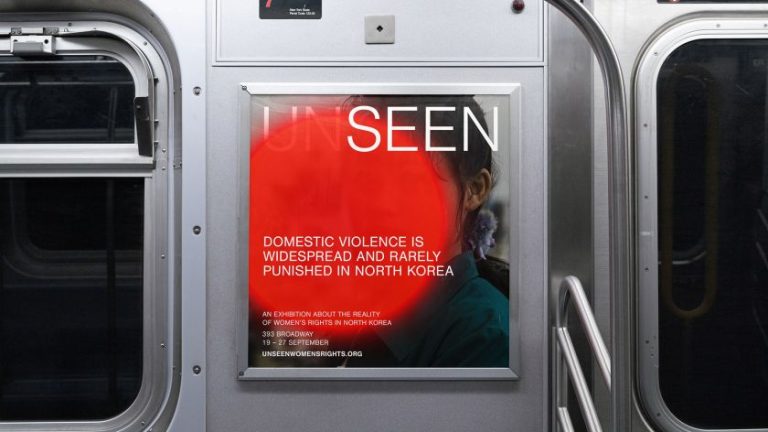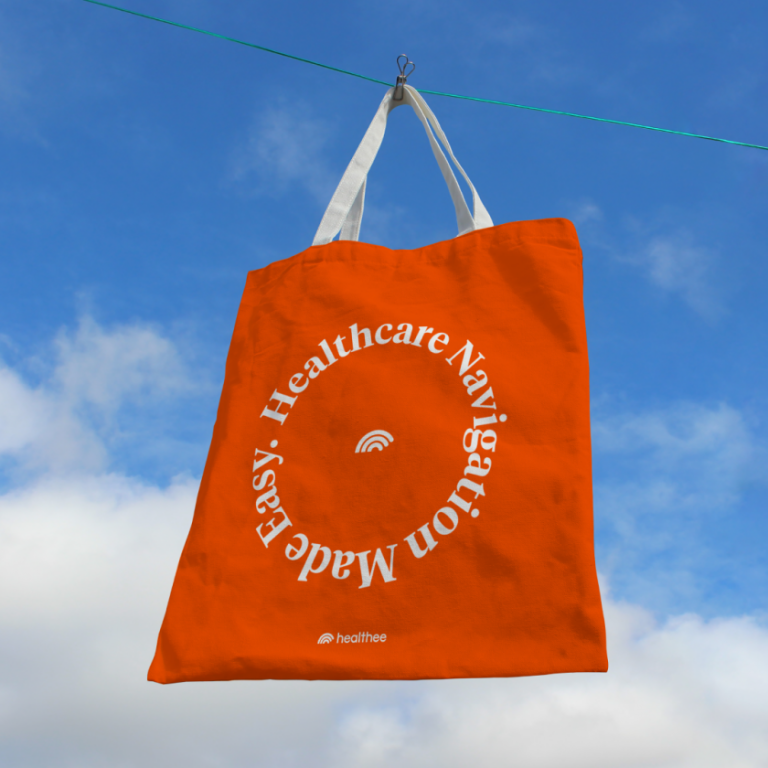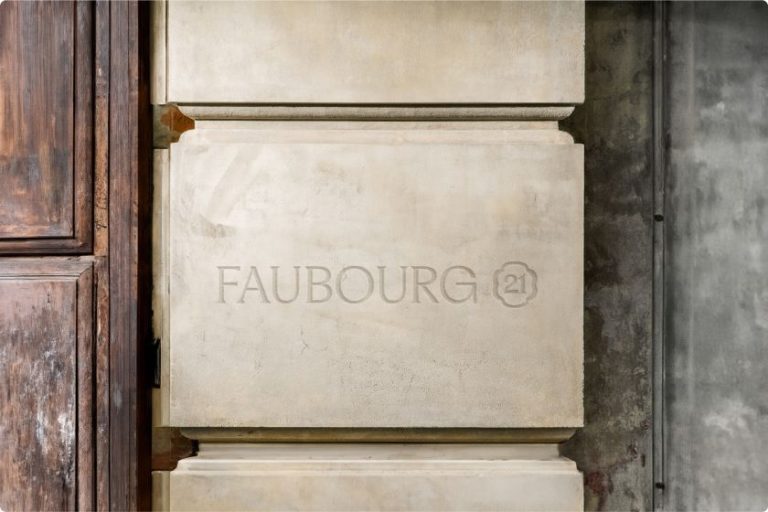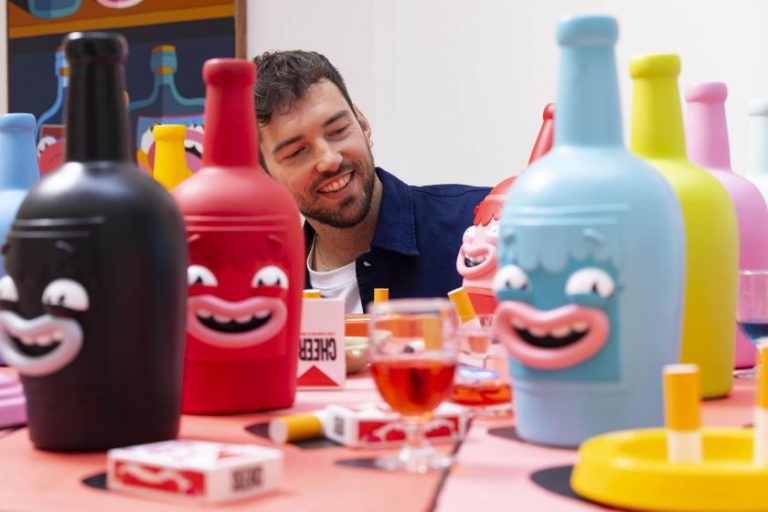Image licensed via Adobe Stock
We all make mistakes, but it’s about what you learn from them that matters. We share some creative stories about when things went wrong and the takeaways that followed.
It’s April Fool’s Day, but most of us don’t really need a special day to be foolish. Let’s be honest, we all make mistakes, all year round. And while we might beat ourselves up over the fact, we wouldn’t be human if we didn’t.
If you’re a creative professional, meanwhile, making mistakes comes with the territory. Remember that success in this space is all about taking risks and trying to innovate. This means that mistakes aren’t just inevitable; they’re often invaluable. Indeed, as designer Laurie Rosenwald points out in her article Why and how to make mistakes on purpose, they’re basically key to developing your creativity and growing your practice.
So, in the spirit of April the First, let’s explore some common missteps made by creatives and uncover the wisdom they hold within.
Freakout in front of Kenrick
Illustrator Ben Tallon offers a prime example of the kind of moment that haunts all of our dreams. “Following a live painting at Reebok’s celebration of the Classic shoe, I was one of several artists also working the evening, painting live at a tiny Kendrick Lamar gig,” he recalls. “The entire set was pristine white vinyl, and we were instructed not to blemish it beyond the art.”
But suddenly, disaster struck. “My Posca marker snapped from overenthusiastic mark-making, and the black paint cascaded everywhere,” he explains. “I freaked out, pulled off my T-shirt, and started mopping, making it far worse. Then in walked Kendrick, with his entourage and project manager, to see a pasty-white, fully-grown man on all fours, topless, on the brink of tears.”
At that horrifying moment, Ben thought that might be the end of his career. “But all it actually resulted in was a couple of frowns.” The lesson? “Shit happens, and we get to keep the stories.”
Hand-in-mouth moments
We’ve all had such hand-in-mouth moments: the question is whether we bury them deep in our memory or celebrate them as part of the general absurdity of life.
Creative PR director Emma Starrs opts for the latter when she shares this doozy. “Launching a mineral water brand at the Blue Fin Building, an editorial assistant came out of the lift and hearing her say what I thought was ‘Water?’ I followed her… but it turns out she’d said ‘War Child’ and we ended up gatecrashing an important meeting at NME. Lesson learned? Listen better.”
Comms consultant Lucy Yates also has a story to share. “As a young account exec at a busy photoshoot, I didn’t get everyone’s image release forms signed,” she remembers. “Of course, the photo that got chosen for the poster campaign involved one of those people. Cue me driving around taking them down. The lesson: small jobs matter.”
Or how about this from life and business coach Helen Jane Campbell? “I forgot time zones were a thing while managing a huge embargoed press launch for a famous A-lister,” she remembers. “The US press were calling our UK team on their Blackberrys through the night… a mistake I never made again!”
Most of the errors we make in our creative work, of course, are less spectacular and more humdrum. But there’s still a lot we can learn from them. So let’s now look at some of the most common errors all creatives make from time to time, and how to avoid them.
1. Overcommitting yourself
We all do it at some point, usually at the start of our career. You’re so keen to make a good impression, you end up saying “yes” to every project that comes your way, driven by a combination of enthusiasm, fear of missing out, or the allure of a new challenge.
Eventually, you start realising you’re overloaded. So you either spend endless nights and weekends trying to catch up, pushing your body and mind to the limit. Or you start missing deadlines, stressing out yourself and your client, and doing huge damage to your reputation. Either way, you start wishing you’d just said ‘no’ more often.
The lesson: Learning to assess your bandwidth and the value of each project is crucial. Overcommitting can lead to burnout and affect the quality of your work. Embrace the power of ‘no’ or ‘not now’ to fully invest your creativity and skills where they matter most. For more, read our article How to say no and save time without causing offence.
2. Ignoring the brief
Being an artist means letting your imagination flow freely and going wherever it takes you. In contrast, being a creative professional, such as a designer, illustrator, or commercial photographer, means doing what the client wants by following the brief.
Yet sometimes, the lines get blurred, and you start letting your creativity run wild without anchoring it to the client’s brief. The final result is work that you personally love, but the client thinks she is off the mark. You try to argue your case, but you just end up making it worse. Ultimately, clients are humans who like to feel like they’ve been listened to. By going off-piste this way, you’ve just upset them, and they’re unlikely to work with you again.
The lesson: The creative brief is a compass that guides the project to its intended destination. It’s essential to strike a balance between creative innovation and the project’s goals. Learning to interpret and navigate the brief creatively is an art in itself, ensuring client satisfaction and creative fulfilment.
3. Neglecting self-promotion
You’ve worked hard to develop your creative discipline and feel proud of what you’re creating for clients. And others seem to agree if the number of likes you’re getting on social media is anything to go by. All of which is fantastic. But it would be a mistake to believe that your work will speak for itself. Somewhat annoyingly, 99 per cent of us still need to put time and effort into marketing our services. Likes don’t pay the bills; clients do. And if you’re not constantly engaging with existing and potential clients, you run the risk of eventually running out of work.
The lesson: In the digital age, visibility is key. Regularly updating your portfolio, engaging on social media, sending regular emails, and networking in person can open doors to new opportunities. So, view self-promotion as another creative project: how can you uniquely and authentically present your brand and work to the world? For more tips, read these tips from a marketing expert on how to sell yourself.
4. Skipping the contract
You’ve met up with the client, and you immediately hit it off. Chatting with them feels more like hanging with a mate than being in a business meeting. Basically, you get each other. So, in this case, you don’t need to worry about making everything formal. You’ll start working together and see how things go… right? Wrong. Three months later, you’re mired in misunderstandings, suffering from scope creep, and desperately trying to work out how everything went so pear-shaped.
The lesson: A contract isn’t just paperwork; it’s peace of mind. It ensures that both parties have clear expectations regarding deliverables, timelines and payment. Investing time in creating a contract or using reputable templates can save countless headaches and safeguard your creative energies.
5. Shying away from feedback
Let’s be honest: deep down, when we show our work to people, we just want unlimited praise. People on Behance get this: look at any portfolio posted there, and there’ll probably be a dozen comments that go no deeper than ‘Great work! Love it!’. But while that’s a nice feeling, it means you’re missing huge opportunities for growth and improvement.
The lesson: Constructive feedback is a gift. It offers fresh perspectives and insights that can elevate your work. Learning to seek out, process, and apply feedback with an open mind can significantly enhance your creative prowess and project outcomes. For more on this, read our five-step plan to positively tackle criticism of your work.
6. Neglecting continued learning
Once you’ve spent a few years in the game, it’s tempting to sit back and rest on your laurels for a bit. After all, you’re getting regular work, you’ve got a ton of skills under your belt, and everyone thinks you’re great. However, the creative industry is ever-evolving, with new tools, techniques, and trends constantly emerging. Unfortunately, if you take this laid-back attitude too far, you may reach a point when clients start to move away. For example, if all the other illustrators around you have picked up motion design skills and you haven’t, that might mean you’re instantly ruled out for certain projects.
The lesson: Committing to lifelong learning keeps your skills sharp and your work relevant. Whether through online courses, workshops or collaboration, embrace the joy of learning as a pathway to creative mastery. If you’re looking for direction, these online courses can help you get started.
Conclusion
This April Fools’ Day, let’s not try to ignore the countless follies we’ve made in our creative journeys but use them as stepping stones to greater wisdom. By recognising these common missteps and embracing the lessons they offer, we can navigate our creative paths with more confidence, resilience, and openness to growth.
After all, in the world of creativity, the only true mistake is fearing to make one. Here’s to turning our follies into fortitude and our blunders into brilliance!










